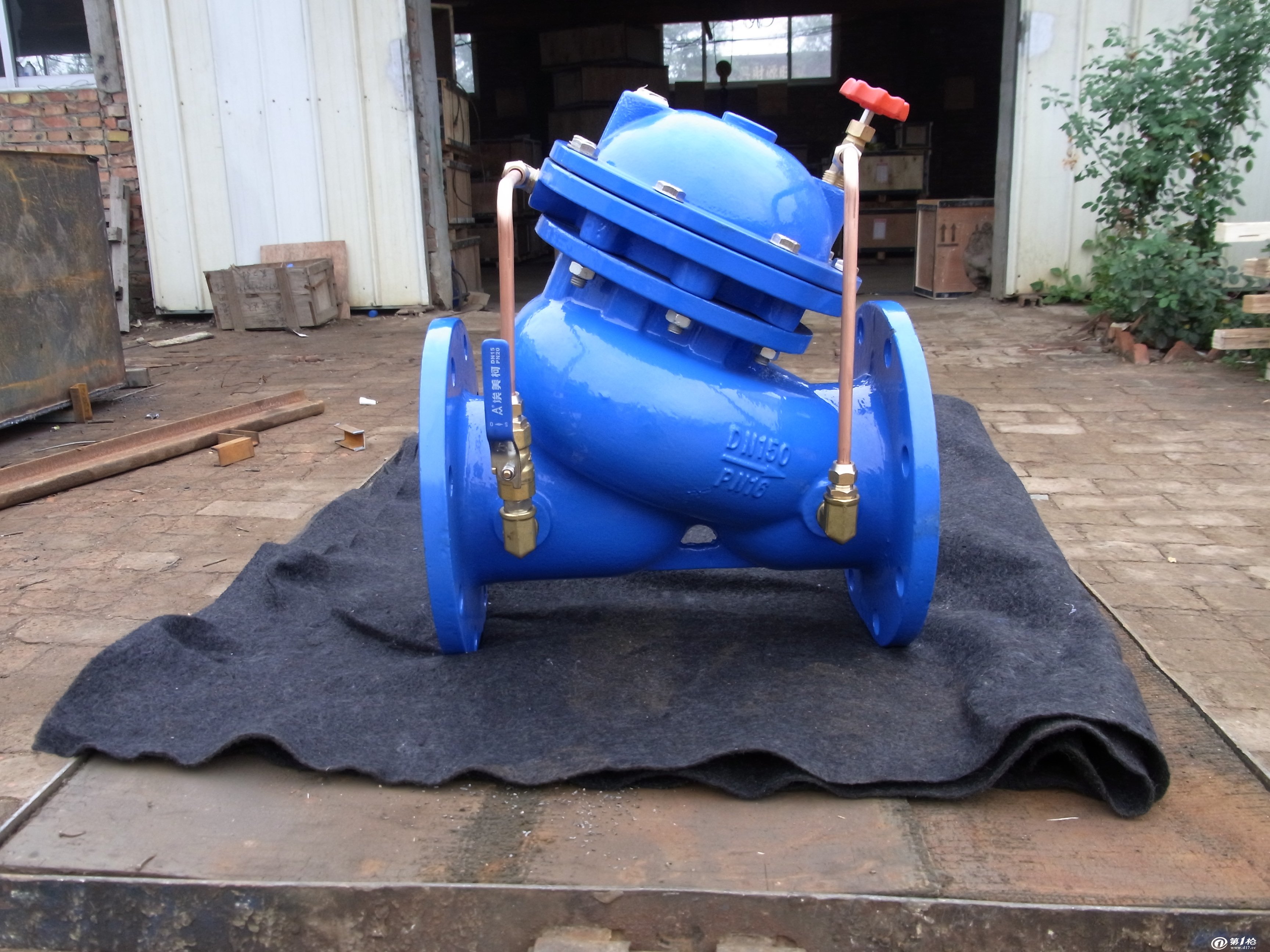Nov . 24, 2024 12:10 Back to list
400mm Butterfly Valve Specifications and Applications for Fluid Control Systems
Understanding the 400mm Butterfly Valve A Comprehensive Overview
When it comes to controlling the flow of liquids and gases in various industrial applications, valves play a critical role. Among the many types of valves available, the butterfly valve stands out due to its efficiency in flow regulation, compact design, and cost-effectiveness. In this article, we will focus on the 400mm butterfly valve, exploring its features, applications, and advantages.
What is a Butterfly Valve?
A butterfly valve is a quarter-turn valve that uses a circular disc to regulate the flow of fluid. The disc, which is mounted on a rotating shaft, opens and closes the valve through a simple turning motion. This mechanism allows for rapid opening and closing, making it ideal for applications where quick flow regulation is essential.
Features of the 400mm Butterfly Valve
The 400mm butterfly valve is designed for pipes with a nominal diameter of 400mm. Key features of this valve include
1. Compact Design The butterfly valve's slim profile makes it suitable for applications with limited space. This design also allows for easy installation in various pipeline layouts.
2. Lightweight Construction Generally made from materials such as ductile iron, stainless steel, or PVC, the 400mm butterfly valve is lightweight compared to other valve types. This reduces the overall weight of piping systems and simplifies handling during installation.
3. Durability With robust construction, these valves can withstand high pressures, temperatures, and corrosive environments, making them ideal for various industries, including water treatment, chemical processing, and oil and gas.
4. Corrosion Resistance Depending on the materials used, a butterfly valve can be engineered to resist corrosion, extending its service life and reliability in harsh environments.
Applications of the 400mm Butterfly Valve
400mm butterfly valve

1. Water Treatment Plants In water treatment facilities, butterfly valves regulate the flow of water at various stages of treatment, ensuring efficient operation and maintaining water quality.
2. Chemical Industry The ability of butterfly valves to handle corrosive liquids makes them suitable for the chemical industry, where they can control the flow of acids, bases, and other chemicals safely.
3. Oil and Gas Sector In oil and gas pipelines, the 400mm butterfly valve is utilized for its reliability and ability to handle high-pressure systems, making it essential for extracting and transporting oil and gas.
4. HVAC Systems In heating, ventilation, and air conditioning systems, butterfly valves help control airflow, enhancing energy efficiency and comfort within buildings.
Advantages of Using a 400mm Butterfly Valve
- Cost-Effective Butterfly valves are generally less expensive to manufacture and purchase compared to other valve types, contributing to lower overall project costs.
- Easy Maintenance The simple design of the 400mm butterfly valve facilitates easy maintenance and repairs, reducing downtime and increasing productivity.
- Efficient Flow Control With minimal pressure drop when fully open, these valves provide excellent flow characteristics, making them suitable for applications requiring precise flow regulation.
- Environmental Impact The lightweight design and efficient operation of butterfly valves help in reducing energy consumption, contributing to a smaller carbon footprint in industrial operations.
Conclusion
The 400mm butterfly valve is an essential component in many industrial systems due to its versatility, compact design, and efficient flow regulation capabilities. Whether in water treatment, chemical processing, or HVAC applications, understanding the features and benefits of this valve type can significantly enhance the performance of any piping system. As industries continue to evolve, the demand for reliable and efficient valve solutions like the 400mm butterfly valve will undoubtedly grow.
-
Y Type Strainer Maintains System Efficiency Long TermNewsJul.15,2025
-
Valve Selection Guide for Industrial ApplicationsNewsJul.15,2025
-
Steel Fab Table Provides Durable Work Surface for WeldingNewsJul.15,2025
-
Pad Iron Provides Stable Support for Heavy MachineryNewsJul.15,2025
-
One Inch Check Valve Fits Standard Plumbing SystemsNewsJul.15,2025
-
Measuring Micrometer Ensures Precise Dimensional AccuracyNewsJul.15,2025
Related PRODUCTS









